TOP STORIES
Black Friday 2024: What to Expect and How to Prepare
Published
12 months agoon
By
Admin
Black Friday 2024, falling on November 29, promises massive deals across various categories, making it an ideal day to shop for discounted electronics, apparel, home goods, and more.
What is Black Friday?
Black Friday, celebrated the day after Thanksgiving in the United States, has become the largest shopping event of the year.
It marks the unofficial start of the holiday shopping season, and shoppers flock to both physical and online stores for discounts on electronics, apparel, beauty products, home appliances, and more.
Black Friday has its origins in the 1950s, when stores in Philadelphia saw an influx of shoppers and tourists before the Army-Navy football game.
Today, the shopping extravaganza has evolved into a global phenomenon, with countries around the world embracing the event and offering deep discounts.
Why is Black Friday Important?
Black Friday is crucial for both consumers and retailers. For shoppers, it’s an opportunity to buy products at significantly lower prices, making it the perfect time to buy holiday gifts or upgrade personal items like electronics.

For retailers, Black Friday serves as a sales booster, often contributing a significant portion of their yearly revenue.
Over the years, the event has also transformed into a week-long or even month-long sale, with some retailers launching early deals in mid-November, while others continue the discounts through Cyber Monday.
Expected Trends for Black Friday 2024
As retailers look to attract a larger number of shoppers, several key trends are expected to dominate Black Friday 2024:
- Early Access Sales: Many retailers now offer early access to Black Friday deals. Expect these sales to start as early as mid-November, with pre-sale promotions offering discounts before the official event. Amazon and Walmart are particularly known for starting their deals early.
- Online vs. In-Store Shopping: While in-store shopping remains popular, the rise of e-commerce has shifted the focus to online sales. Expect most major retailers to offer exclusive online deals alongside their in-store promotions. Amazon, in particular, will likely lead the online shopping race with deep discounts across categories.
- Tech and Electronics: Gadgets, gaming consoles, and home tech remain some of the most coveted items during Black Friday. Shoppers can expect discounts on popular tech products like smartphones, laptops, gaming consoles, and home entertainment systems.
- Fashion and Apparel: Retailers like Macy’s, Nordstrom, and H&M are expected to offer substantial markdowns on seasonal and luxury fashion items. This includes everything from winter wear to accessories.
- Home and Kitchen Goods: With more people investing in home improvement, expect discounts on kitchen appliances, furniture, and home décor. Stores like Home Depot and Bed Bath & Beyond are known for offering competitive deals on large home appliances and essential kitchen gadgets.
How to Prepare for Black Friday 2024
To make the most of Black Friday deals, planning is essential.

Here are several steps you can take to ensure you get the best bargains:
1. Make a Shopping List
Start by making a list of the items you want to purchase. This helps you stay focused and prevents impulse buys. Be specific, noting the brand, model, or type of product you’re seeking, which will help streamline the shopping experience.
2. Set a Budget
Setting a budget is crucial to avoid overspending. Whether you’re shopping for electronics, clothing, or gifts, allocating a specific amount for each category can help you manage your finances and avoid buyer’s remorse.
3. Sign Up for Newsletters
Retailers often provide early access or exclusive deals to customers who subscribe to their newsletters. Sign up for your favorite brands’ email lists to receive notifications about pre-Black Friday sales, discount codes, and early-bird offers.
4. Use Price Trackers and Apps
Several apps and websites, such as Honey, CamelCamelCamel, and Rakuten, allow you to track price changes leading up to Black Friday. This ensures you’re getting the best deal possible, as some retailers may hike up prices before offering “discounts” during the event.
5. Compare Prices
Don’t settle for the first discount you see. Use comparison shopping tools to ensure you’re getting the best price across different retailers. Google Shopping and PriceGrabber are popular options for quick price comparisons.
Anticipated Black Friday 2024 Deals from Major Brands
Here’s a table of anticipated deals from well-known retailers:
| Brand | Expected Deals | Category |
|---|---|---|
| Amazon | Up to 50% off on electronics, smart home devices, and kitchen appliances. | Electronics, Home Goods |
| Best Buy | $200 off select gaming consoles, laptops, and 4K TVs. | Tech and Gaming |
| Apple | Discounts on MacBooks, iPads, and Apple Watches (historically up to $150 off). | Electronics |
| Walmart | Huge discounts on smart TVs, gaming consoles, kitchen appliances, and furniture. | Home, Electronics, Kitchen |
| Target | Buy one, get one 50% off on toys and video games; 25% off select home goods and apparel. | Toys, Apparel, Home Goods |
| Macy’s | 30-50% off on designer clothing, shoes, and accessories. | Fashion and Apparel |
| Home Depot | 40% off major appliances, including refrigerators and dishwashers. | Home Improvement |
| Sephora | Up to 20% off select beauty and skincare products; gift sets on sale. | Beauty |
| Nike | 25-30% off athletic footwear, apparel, and accessories. | Apparel, Footwear |
| Sony | Discounts on PlayStation 5 consoles and gaming bundles. | Gaming, Tech |
Strategies for Online vs. In-Store Shopping
Online Shopping
One of the biggest benefits of Black Friday is the convenience of online shopping. Major retailers like Amazon, Walmart, and Best Buy offer exclusive online deals, often paired with free shipping and returns.

However, to make the most of online shopping, you’ll need to act fast, as popular products can sell out quickly.
Here are a few tips for successful online shopping:
- Bookmark Product Pages: Keep the product pages you’re interested in open or bookmarked for easy access when the deals go live.
- Enable Push Notifications: Many retailers offer real-time notifications when their deals are available. Make sure these are enabled to stay ahead of the rush.
- Checkout Quickly: If you find a great deal, don’t wait to check out. High-demand items like electronics tend to disappear from shopping carts if you delay too long.
In-Store Shopping
While online shopping is convenient, many shoppers still prefer the thrill of in-store Black Friday events.

Here are some tips to help you navigate the crowds:
- Arrive Early: If you plan to shop in-store, arrive early to secure your spot in line. Some retailers open their doors as early as 5 AM.
- Study Store Layouts: Research the store layout in advance to know exactly where the deals will be located. This saves you valuable time once the store opens.
- Dress Comfortably: Black Friday shopping can be a physical experience. Wear comfortable clothing and shoes to help you move swiftly through the aisles.
Get Ready for the Best Deals on Black Friday 2024
Black Friday 2024 is poised to be an epic shopping event, with incredible deals on everything from electronics to apparel, home goods, and beauty products.
By following the strategies outlined in this guide—making a list, setting a budget, and keeping an eye on pre-Black Friday sales—you’ll be prepared to snag the best deals and make the most of your shopping experience.
Whether you’re shopping for gifts, upgrading your tech gadgets, or simply indulging in some retail therapy, Black Friday 2024 offers an unmatched opportunity to save. Just remember to shop smart and be ready for the rush!
You may like
News
Donald Trump Elected as the 47th President of the United States in 2024
Published
10 months agoon
November 6, 2024By
Wilson Mark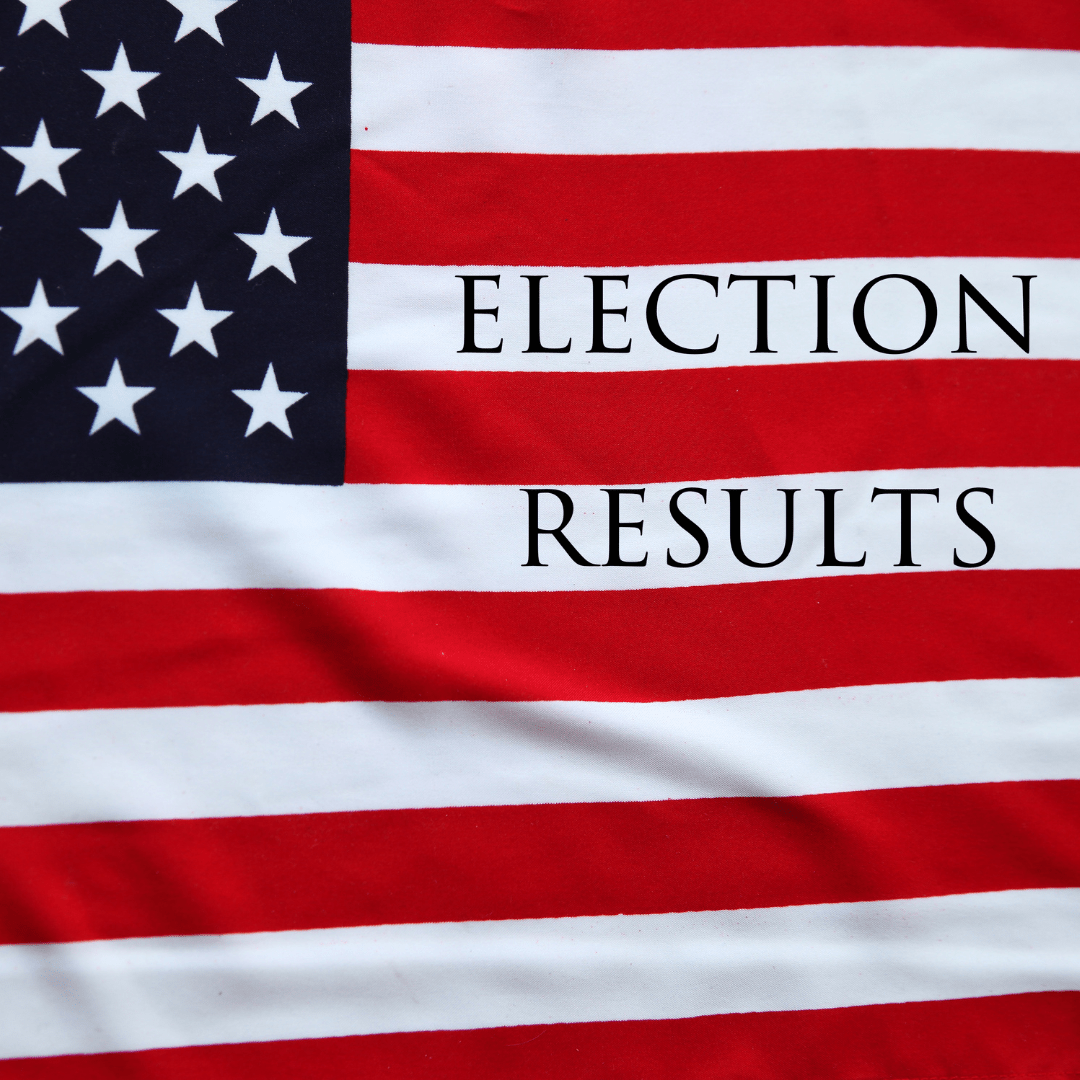
In a historic return, Donald Trump has secured enough electoral votes in the 2024 U.S. presidential election to defeat incumbent Vice President Kamala Harris and become the 47th President.
Key Results of the 2024 Presidential Election
Trump’s path to victory relied on flipping key swing states that had narrowly voted Democratic in 2020, particularly in the Rust Belt and Sun Belt regions. His wins in Pennsylvania, Georgia, and Wisconsin were central to his successful bid.
Electoral College Breakdown
Trump’s electoral success came through strategic campaigning across states where economic concerns and conservative values resonated with voters.
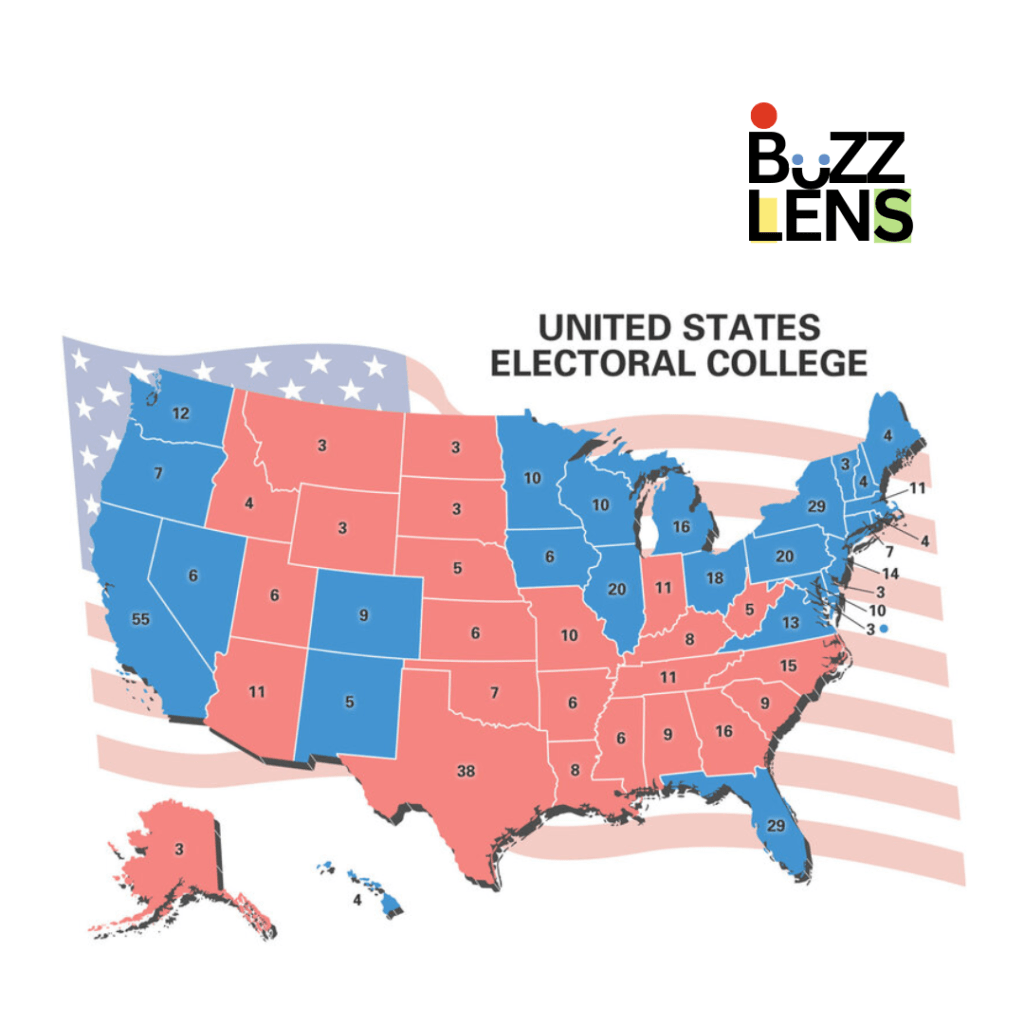
Here’s a breakdown of some critical states:
- Pennsylvania (19 electoral votes): This Rust Belt state has often been pivotal in recent elections. Trump edged out Harris by focusing on manufacturing and job creation, winning by 50.8% to 48.3%.
- Georgia (16 electoral votes): After losing Georgia in 2020, Trump strongly pushed to regain support, ultimately winning it back with just over 50% of the vote.
- Wisconsin (10 electoral votes): Trump’s narrow win in Wisconsin helped cement his lead. His focus on blue-collar job growth and manufacturing struck a chord with Wisconsin voters.
Other significant victories included Florida and Texas, which have large populations and have become essential for Republican electoral strategies.
The Swing States That Defined Trump’s Victory
Trump’s decisive path to victory came through hard-fought battles in swing states often described as the “Blue Wall” and the “Sun Belt.”
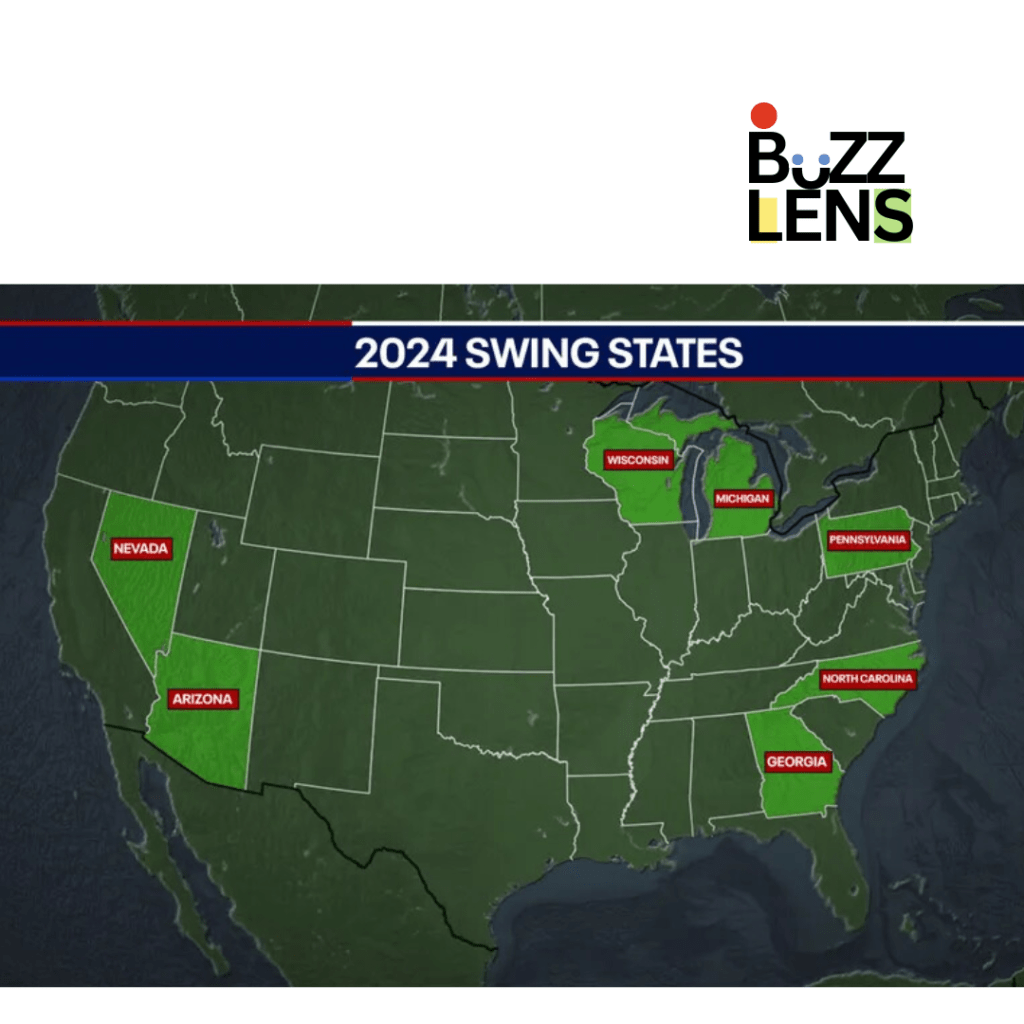
- Pennsylvania and Michigan: Known for their strong working-class base, these states were pivotal. Trump’s economic nationalism, promising protection of U.S. industries, resonated with voters, especially in Pennsylvania, which he won by a slim margin. While Harris took Michigan, Trump’s strong showing in neighbouring states compensated for the loss.
- Georgia and Arizona: Key to his strategy was flipping Georgia and Arizona, which had swung to the Democrats in 2020. Trump’s campaign successfully engaged conservative voters in both states, particularly through a strong social media presence and endorsements from influential figures like Elon Musk and Joe Rogan, who appealed to younger male demographics.
- Wisconsin: Another important swing state, Wisconsin’s voters leaned toward Trump’s promises of economic revitalization and job growth. His message resonated strongly with the state’s manufacturing and farming communities.
- North Carolina and Nevada: Trump’s win in North Carolina and strong performance in Nevada highlighted his appeal to more conservative, rural populations. Harris did win some support among urban voters in these states. Still, rural and suburban areas tilted in Trump’s favour, ultimately handing him a lead in North Carolina and a narrow win in Nevada.
Voter Demographics and Turnout Trends
The 2024 election brought out a large and diverse voter turnout, with notable trends among key demographics:
- Young Male Voters: Trump’s social media strategy, supported by figures like Elon Musk, Joe Rogan, and other high-profile influencers, resonated well with young men. The campaign’s focus on economic freedom, national pride, and opposition to “woke” policies appealed to this demographic, leading to a high turnout among young male voters.
- Suburban and Independent Voters: Vice President Harris saw significant support from suburban women and independent voters, primarily due to her stance on healthcare, reproductive rights, and other social issues. However, Trump’s appeal in rural and deindustrialized regions offset Harris’s suburban support, especially in states like Pennsylvania, Wisconsin, and Georgia.
- Minority Voters: Trump’s campaign made inroads with certain segments of minority voters, particularly among Hispanic men in states like Florida and Texas, where economic issues and opposition to increased government regulation played a role in shifting support to the GOP.
These demographic patterns underscored the polarized nature of the election, with each candidate securing strong support from their base but competing fiercely over independent and swing voters.
Senate and House Outcomes
The 2024 elections also reshaped Congress, giving Republicans a renewed hold on power in the Senate:
- Senate Control: Republicans gained three seats, reaching a majority with 51 seats. This majority will enable Trump to push forward judicial appointments and policies that align with his agenda without major obstacles from the Senate.
- House of Representatives: Although the House results remain undecided due to tight races and mail-in ballot counts, Republicans are projected to hold a slight lead. This outcome will further bolster Trump’s ability to enact his policies if confirmed.
Trump’s Policy Plans for His Second Term
Donald Trump’s return to office brings an ambitious policy agenda that centres on key areas where he has pledged to drive significant change.

1. Economic Nationalism
- Trump has clarified that his administration will prioritize American industry and job creation. Policies are expected to include tariffs on foreign imports, incentives for U.S.-based manufacturing, and tax cuts for businesses that create jobs domestically.
- Energy Independence: Trump plans to expand fossil fuel production in the U.S., particularly in states rich in natural resources like Texas and Pennsylvania. He aims to scale back renewable energy mandates, arguing that American energy independence requires a robust oil and natural gas sector.
2. Immigration Reform
- Trump has committed to tightening immigration policies, with plans for mass deportations of undocumented immigrants and increased border security. His administration has announced that it will push for the completion of the border wall and enhance surveillance and law enforcement at the southern border.
- End to Sanctuary Policies: Trump’s second term will likely target cities with sanctuary policies, with federal funding cuts threatened for jurisdictions that do not comply with stricter immigration regulations.
3. Social Policies and Education
- Parental Rights in Education: Trump has announced intentions to introduce measures that protect “parental rights” in education, including policies against teaching critical race theory and gender-related topics in K-12 education.
- Healthcare: Although a detailed healthcare plan has not been revealed, Trump has indicated he will work to lower drug prices and potentially roll back parts of the Affordable Care Act, aiming for more privatized healthcare options.
4. Foreign Policy and Defense
- “America First” Foreign Policy: Trump’s approach to international relations is expected to focus on reducing foreign aid, bolstering the U.S. military, and prioritizing trade deals that he argues will benefit American workers. He has hinted at withdrawing from global alliances that do not serve “direct American interests.”
- Military Spending: Trump has pledged to increase military spending, especially on advanced defence systems. He also indicated plans to restructure international alliances, focusing on partnerships that clearly benefit the U.S.
5. Judicial Appointments
- With a Republican-led Senate, Trump’s administration will have a clear path to appoint conservative judges, further solidifying a conservative-leaning judiciary for years. This could have long-term implications on rulings related to social policies, voting rights, and federal regulatory powers.
Public Reaction and Political Implications
The response to Trump’s victory has been deeply divided. Energized by his victory, his supporters anticipate a bold return to conservative policies.

However, Harris supporters and political opponents have voiced concerns over potential rollbacks on progressive reforms, fearing impacts on healthcare, immigration, and environmental protections.
The 2024 election reflects a polarized political climate in the U.S., with each side deeply committed to its values and ideologies.
Trump’s second term will likely be characterized by strong partisan divides and significant debate over the direction of American policies domestically and abroad.
Final Results Snapshot (As of Latest Counts)
| Candidate | Electoral Votes | Key States Won |
|---|---|---|
| Donald Trump | 277 | PA, GA, FL, WI, TX |
| Kamala Harris | 224 | MI, VA, NH, and several West Coast states |
Summary of Key Poll Closing Times (Eastern Time)
| Time | States |
|---|---|
| 6:00 PM | Indiana (Eastern Zone), Kentucky (Eastern Zone) |
| 7:00 PM | Georgia, South Carolina, Virginia, parts of Florida |
| 7:30 PM | North Carolina, Ohio, West Virginia |
| 8:00 PM | Alabama, Connecticut, Delaware, Maryland, PA, TX |
| 9:00 PM | Arizona, Colorado, Iowa, Louisiana, New York |
| 11:00 PM | California, Washington, Oregon |
Concluding Thoughts
Donald Trump’s 2024 victory ushers in a new chapter in U.S. politics. His administration promises to prioritize American economic interests, tighten immigration, and reshape social policies.
As Trump prepares for his second term, the U.S. faces a future defined by bold policy shifts and a reinvigorated Republican base, setting the stage for another four years of significant political and social impact.
Trump’s second term will be closely watched as he implements his vision, especially in immigration, economic reform, and international relations.
MUSIC
What Time Do U.S. Polls Close for the 2024 Election? A Comprehensive State-by-State Guide
Published
11 months agoon
November 5, 2024By
Wilson Mark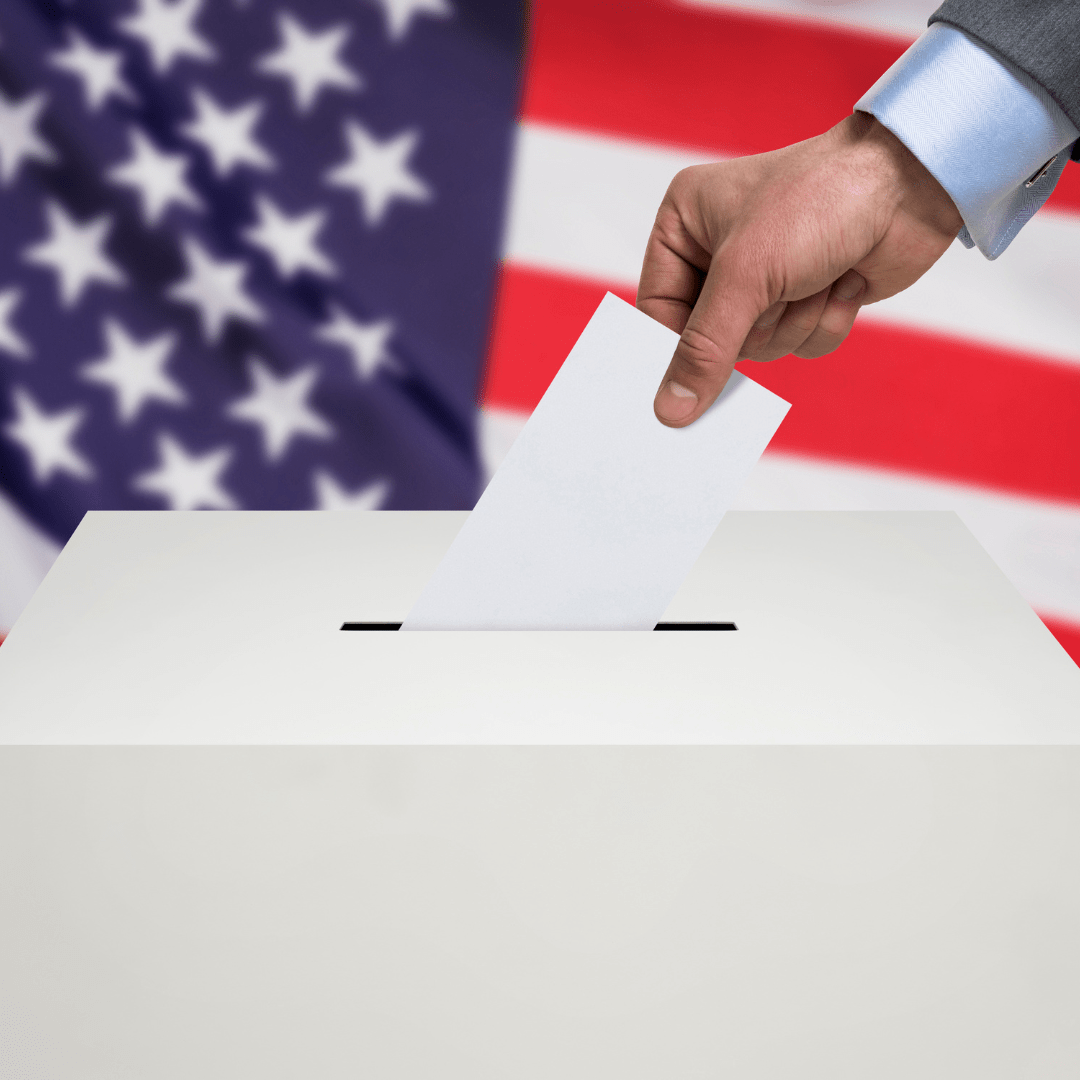
For the 2024 U.S. presidential election on November 5, polls close at different times depending on the state.
Overview of Poll Closing Times by Region and Time Zone
Poll closing times vary significantly across the United States, especially in states that span multiple time zones. Below is a complete guide by time zone, showing when polls close in each state for Election Day 2024.
Early Poll Closures at 6:00 PM Eastern Time
Poll closures start at 6:00 PM Eastern Time (ET), with two states leading the count:
- Indiana (Eastern Time Zone): Most of Indiana closes at 6:00 PM ET, though parts of the state in Central Time close at 7:00 PM ET.
- Kentucky (Eastern Time Zone): Like Indiana, most Kentucky precincts close at 6:00 PM ET, with Central Time areas closing an hour later.
Key 7:00 PM Eastern Time Closures
Several states end voting at 7:00 PM ET, including battleground states that can impact early election results:
- Georgia
- South Carolina
- Virginia
- Florida: While most of Florida closes at 7:00 PM ET, counties in the Central Time Zone close at 8:00 PM ET, reflecting Florida’s split time zone.
7:30 PM Eastern Time Closures
Three states have polls closing at 7:30 PM ET:
- North Carolina
- Ohio
- West Virginia
North Carolina and Ohio are critical swing states, making this an important time slot for election watchers.
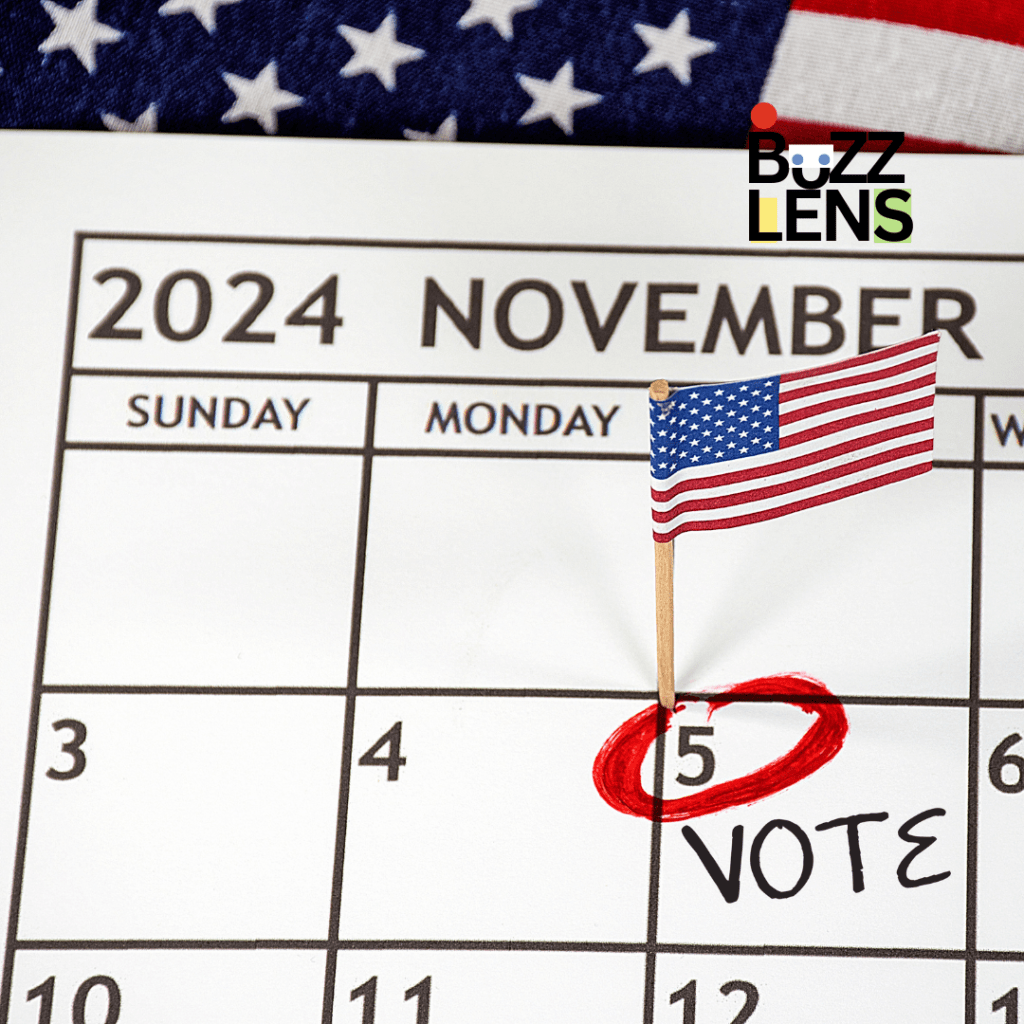
Major Closures at 8:00 PM Eastern Time
At 8:00 PM ET, a large portion of the country’s polls close, encompassing several significant states:
- Alabama
- Connecticut
- Delaware
- Maryland
- Massachusetts
- Mississippi
- Missouri
- New Jersey
- Pennsylvania
- Tennessee: Eastern Time areas close at 8:00 PM ET, while Central Time zones close at 7:00 PM local time.
- Texas: Most of Texas closes at 8:00 PM ET, though areas in the Mountain Time Zone close an hour later at 9:00 PM ET.
8:30 PM Eastern Time: Arkansas
- Arkansas: The only state closing polls at 8:30 PM ET.
9:00 PM Eastern Time Closures
This time includes a mix of states from the Mountain and Central Time Zones:
- Arizona
- Colorado
- Iowa
- Louisiana
- New York
- Nebraska (Central and Mountain Time Zones): The eastern portion of Nebraska closes at 8:00 PM ET, while the Mountain Time Zone part closes at 9:00 PM ET.
- South Dakota: Central Time Zone areas close at 8:00 PM ET, while Mountain Time areas close at 9:00 PM ET.
10:00 PM Eastern Time Closures
At 10:00 PM ET, states with large geographic areas and diverse populations complete their voting:
- Idaho (Mountain Time Zone)
- Montana
- Utah
- Nevada
- Oregon: Oregon also has split time zones; polls close simultaneously across Mountain and Pacific Time regions.
West Coast Closures at 11:00 PM Eastern Time
The West Coast, home to several high-population states, concludes voting at 11:00 PM ET:
- Californi
- Washington
- Oregon
- Idaho (Pacific Time Zone)
California’s large number of electoral votes and historically Democratic leanings make it one of the final states to watch as results roll in
Final Closures from Midnight to 1:00 AM Eastern Time
The last poll closures occur in Alaska and Hawaii:
- Alaska: Most areas close at midnight ET, though some precincts in remote areas may close by 1:00 AM ET.
- Hawaii: As the westernmost state, Hawaii closes at 1:00 AM ET, marking the official end of voting on Election Day.
Why Poll Closing Times Matter
Poll closing times directly impact the flow of election results. As states finish voting and local boards begin counting ballots, early and battleground states provide the first clues to election outcomes.
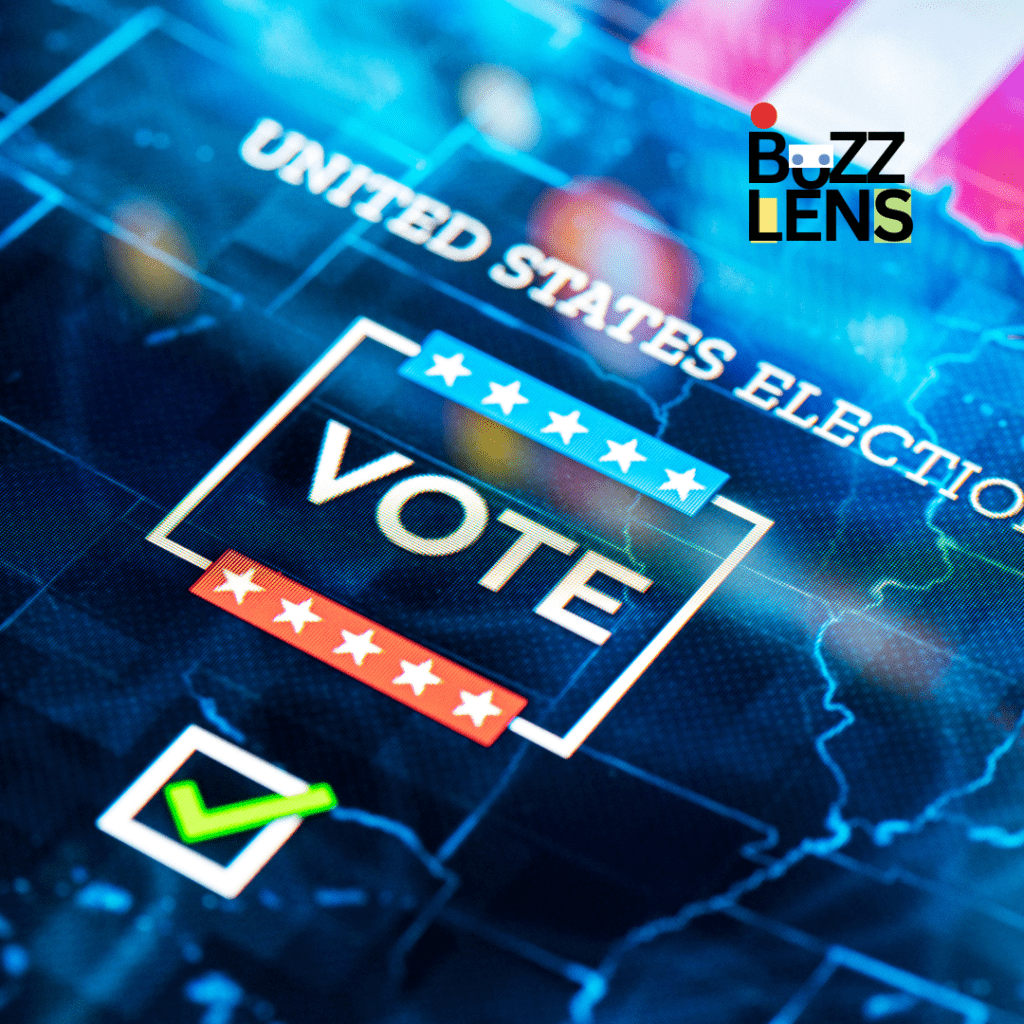
For example:
- 6:00 PM to 7:00 PM ET Closures: Early results from states like Indiana and Kentucky can set initial trends.
- 8:00 PM to 9:00 PM ET Closures: Key swing states such as Pennsylvania, Ohio, and North Carolina play a central role, often creating the “pivot points” in election night coverage.
- 11:00 PM ET and Later: States on the West Coast and Alaska bring final tallies that can confirm or challenge earlier predictions.
Summary Table of Key Poll Closing Times (All Eastern Time)
| Time | States |
|---|---|
| 6:00 PM | Indiana (Eastern Zone), Kentucky (Eastern Zone) |
| 7:00 PM | Georgia, South Carolina, Virginia, parts of Florida |
| 7:30 PM | North Carolina, Ohio, West Virginia |
| 8:00 PM | Alabama, Connecticut, Delaware, Maryland, PA, TX |
| 8:30 PM | Arkansas |
| 9:00 PM | Arizona, Colorado, Iowa, Louisiana, New York |
| 10:00 PM | Idaho, Montana, Utah, Nevada, Oregon |
| 11:00 PM | California, Washington, Oregon |
| 12:00 AM | Alaska |
| 1:00 AM | Hawaii |
Tips for Voters on Election Day
To ensure a smooth voting experience:
- Check Your Local Poll Hours: Confirm specific closing times at your precinct to avoid last-minute surprises.
- Arrive Early: Polling places can be busy, so arrive with plenty of time to cast your ballot.
- Know What’s on Your Ballot: Being informed saves time and helps you vote confidently.
Final Thoughts
The 2024 election promises to be an impactful event, with diverse poll closing times across the U.S. affecting voters and news coverage.
By knowing when polls close in each state, voters can make informed choices and avoid the stress of missing the voting deadline.
As Election Day progresses, these closing times will shape the narrative of election night and influence when states can declare results, especially in closely contested areas.
News
Hurricane Milton Devastates Florida with Severe Flooding and Destruction After Landfall
Published
11 months agoon
October 10, 2024By
Admin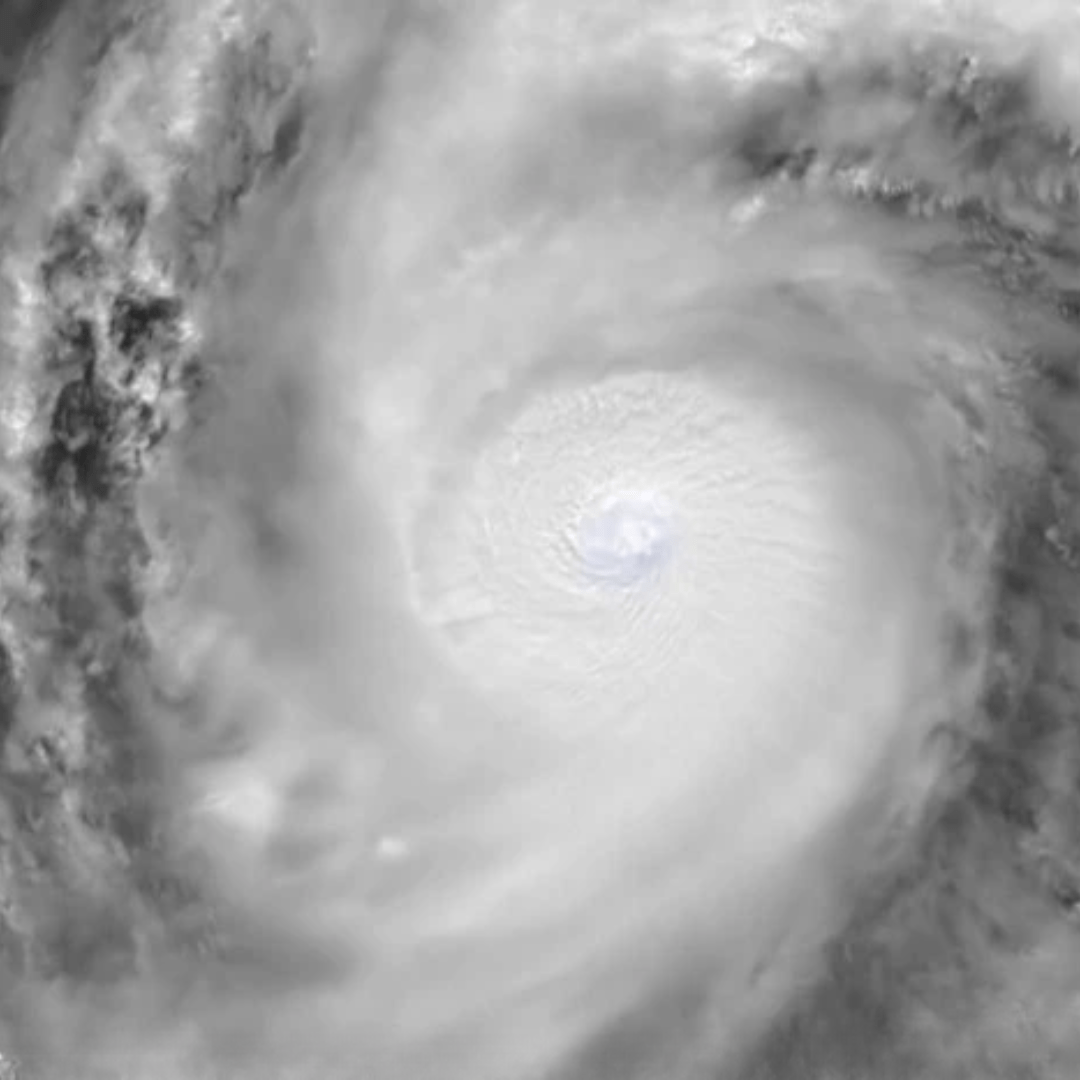
Hurricane Milton pummeled Florida, causing widespread devastation, flooding, and power outages as it crossed the state, resulting in at least two deaths and potentially costing insurers billions.
The Devastation Unleashed by Hurricane Milton
Hurricane Milton made landfall late Wednesday as a Category 3 storm, with winds reaching 120 mph.
The hurricane began its rampage on the western coast of Florida near Siesta Key, leaving behind a trail of destruction from the Gulf of Mexico to the Atlantic Ocean.
Its intense winds, torrential rains, and storm surge wreaked havoc on homes, businesses, and critical infrastructure.
Severe Flooding and Storm Surge
The storm surge from Hurricane Milton was a major cause of concern as it flooded numerous coastal communities. In some areas, water levels rose by as much as 10 feet.
Although Tampa Bay initially experienced a reverse storm surge that temporarily pushed water away from the shoreline, the hurricane center warned that the water would return and flood low-lying areas once the surge fully developed.
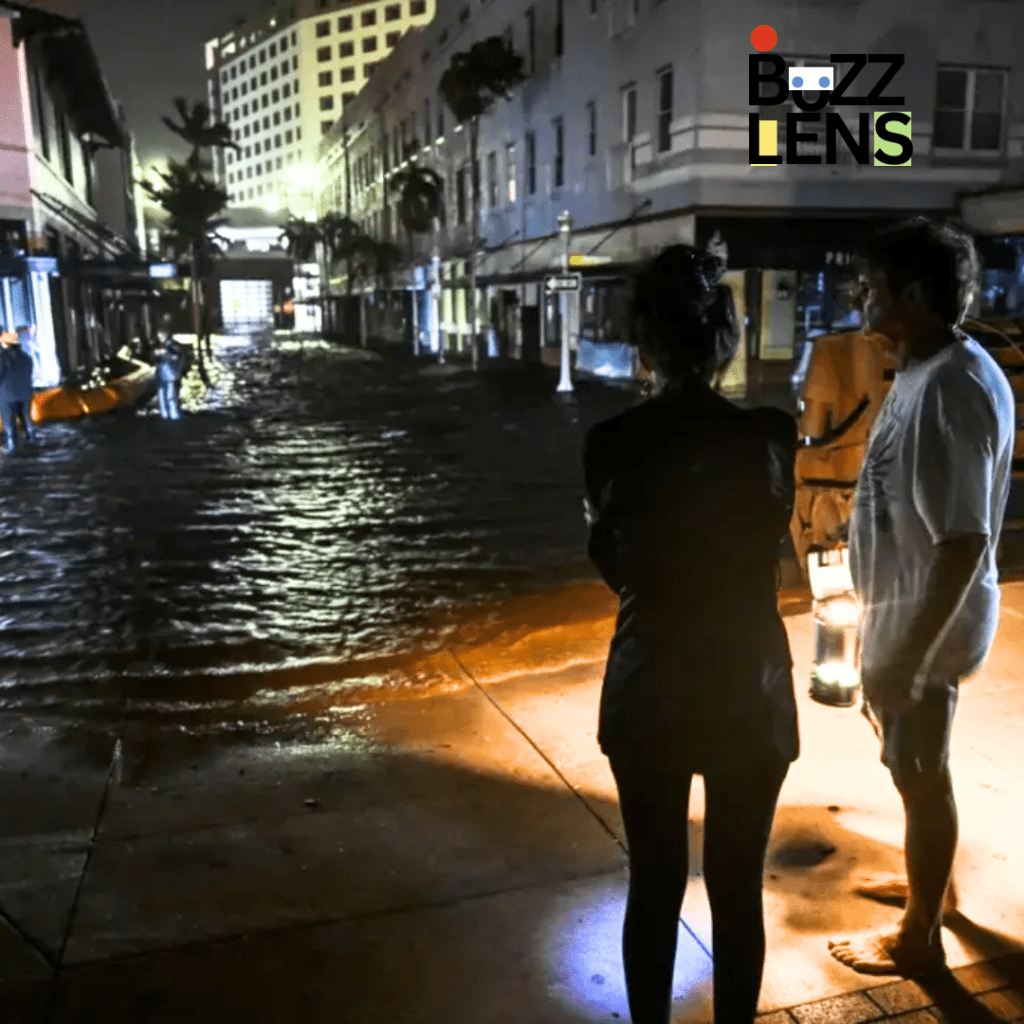
Areas like St. Petersburg, Clearwater, and Tampa were hardest hit by the flooding.
Tampa International Airport recorded more than 16 inches of rain, overwhelming drainage systems and forcing the airport to shut down temporarily. Streets turned into rivers, making travel and rescue efforts nearly impossible.
The impact on inland communities was no less severe. Rivers overflowed, submerging homes and cutting off access to some neighborhoods.
Flash flood warnings were issued across the region, with local officials urging residents to move to higher ground.
Also Read: Latest Updates on Hurricane Helene Nears Florida as a Category 4 Storm
Destruction of Homes and Businesses
As Hurricane Milton roared through Florida, it left a path of destruction in both urban and rural areas. Fort Myers, Cape Coral, and Naples reported heavy damage from winds and flooding.
Roofs were ripped off homes, windows shattered, and mobile homes were obliterated. In some towns, entire neighborhoods were submerged, and the recovery process is expected to take months.
The city of Sarasota, which is located just south of Siesta Key, suffered extensive damage to its waterfront properties.
Boats were torn from their moorings and tossed ashore, smashing into docks and coastal businesses. Downtown Sarasota was left without power, and many streets were impassable due to debris and floodwaters.
Economic Impact of Hurricane Milton
The economic ramifications of Hurricane Milton are expected to be massive, with analysts projecting potential losses of up to $100 billion.
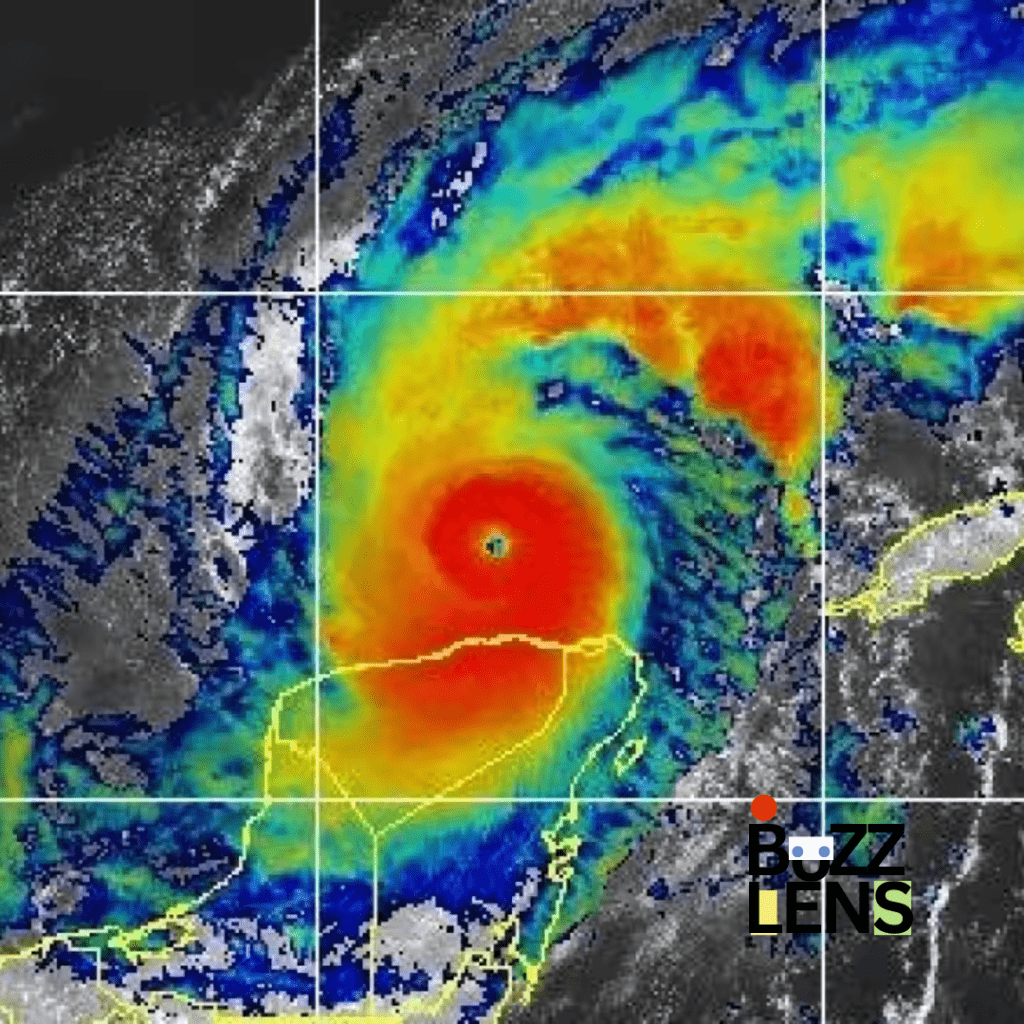
The storm’s timing couldn’t have been worse. It followed another hurricane, Helene, which had already strained resources and devastated several states.
Impact on Insurance and Reinsurance Markets
According to insurance experts, Hurricane Milton could lead to some of the highest insured losses in history, rivaling the damage caused by Hurricane Katrina in 2005.
With an estimated loss range of $60 billion to $100 billion, the storm may force global insurance companies to reevaluate their policies, especially in hurricane-prone regions like Florida.
Insurance premiums are expected to rise as reinsurance companies grapple with the surge in claims. Reinsurance prices, which help primary insurance companies manage large-scale disasters, are predicted to climb sharply in 2025.
This could have far-reaching consequences for homeowners and businesses in Florida and other coastal states.
Florida Governor Ron DeSantis highlighted the scope of the destruction, emphasizing that while insured losses would be substantial, they were unlikely to be catastrophic for the industry.
However, the overall financial impact on Florida’s economy could be severe as businesses shut down, tourism suffers, and infrastructure repairs lag.
Also Read: Tropical Storm Helene Threatens Florida and Gulf Coast, Could Become a Major Hurricane
Spike in Fuel Prices
The hurricane also contributed to a surge in oil prices, as heightened demand for gasoline and diesel ahead of the storm pushed fuel costs higher.
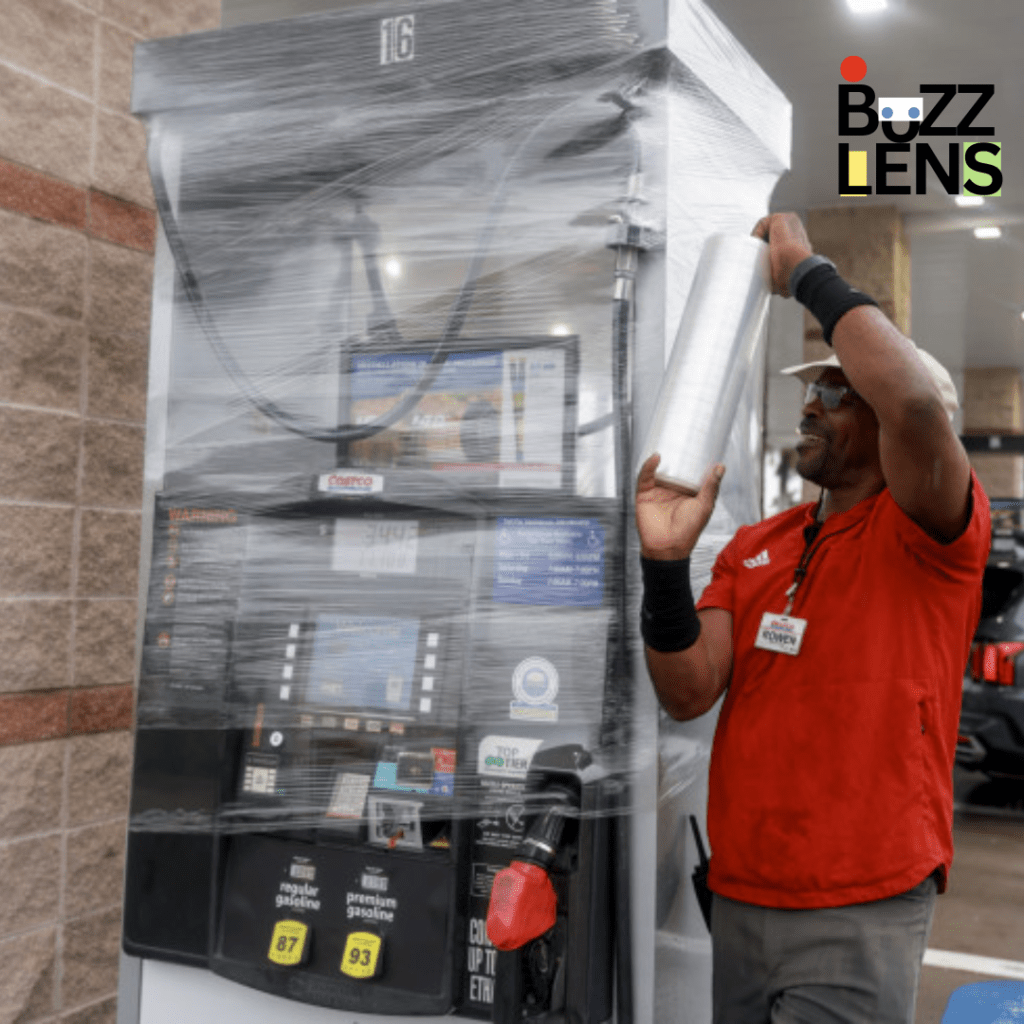
Many gas stations across Florida ran out of fuel as residents prepared for the storm’s impact, creating a temporary fuel crisis.
This demand surge, combined with global supply concerns, particularly in the Middle East amid tensions between Israel and Iran, led to a spike in crude oil prices on Thursday.
Community Response and Relief Efforts
In the aftermath of Hurricane Milton, communities across the state have mobilized to assist those in need.
Emergency shelters, churches, and schools have opened their doors to evacuees, offering food, water, and a safe place to stay. However, the scale of the damage has made it challenging to reach everyone affected by the storm.
First Responders Struggle Amid Dangerous Conditions
During the height of Hurricane Milton, first responders were largely immobilized due to the extreme conditions.
High-speed winds, flooding, and tornadoes made it too dangerous for rescue teams to venture out, leaving many residents to fend for themselves.
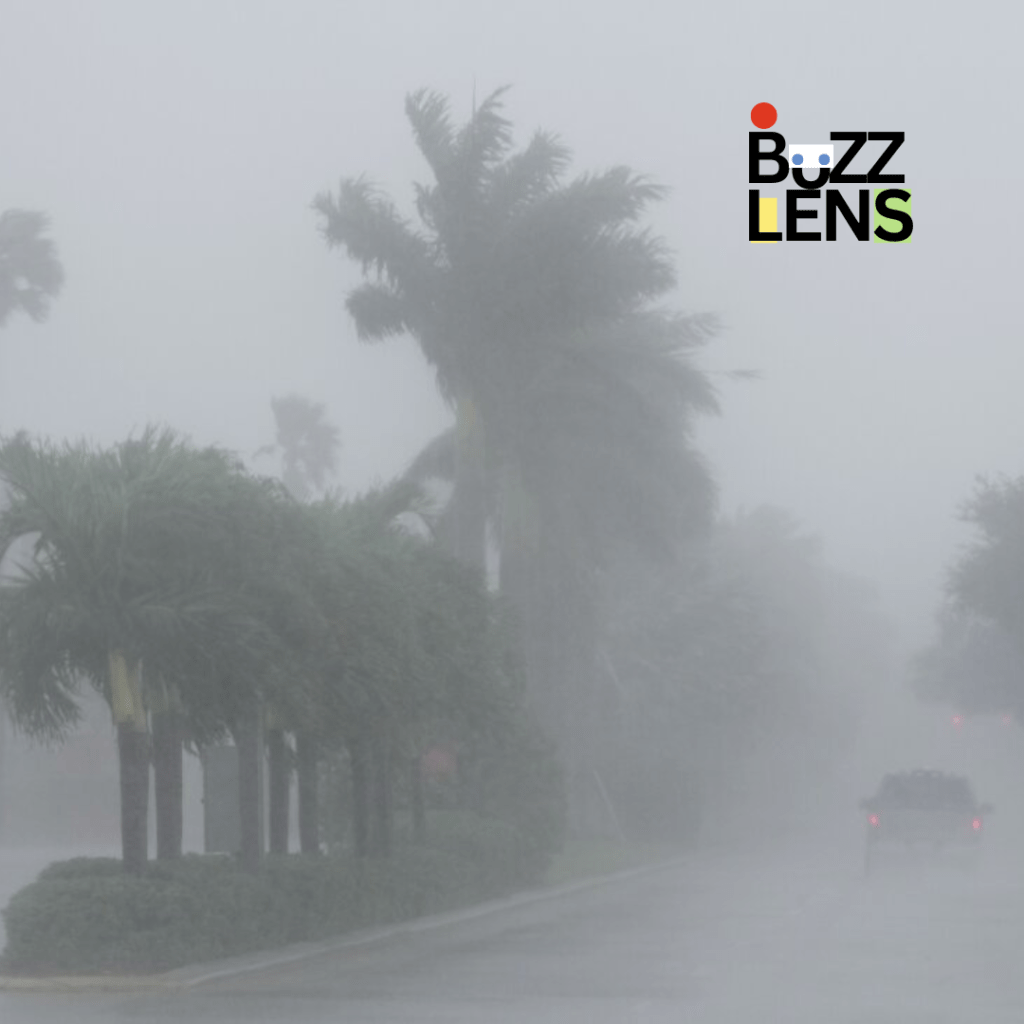
Emergency services received hundreds of calls for help, but authorities had warned the public that the 911 response would be delayed until the storm passed.
In the days following the hurricane, National Guard units, FEMA, and local emergency crews worked tirelessly to clear debris, rescue stranded individuals, and restore power to affected areas.
Helicopter rescue teams were deployed to reach people in flooded neighborhoods while search-and-rescue operations continued in areas hit by tornadoes.
Comparisons to Past Hurricanes: How Milton Measures Up
Hurricane Milton has been compared to some of the most destructive storms in U.S. history, including Hurricanes Katrina and Irma.
Regarding wind speed and storm surge, Milton’s Category 3 status and 120 mph winds align it with other major hurricanes that have struck Florida in recent decades.
However, what sets Hurricane Milton apart is the combination of extreme wind, intense flooding, and the sheer number of tornadoes it spawned.
Nineteen tornadoes were reported during the storm, wreaking havoc in multiple counties nationwide.
Regarding total damage, Hurricane Katrina still holds the record with over $160 billion in total losses.
However, if Hurricane Milton’s upper-end estimates of $100 billion in insured losses prove accurate, it could surpass Hurricane Irma (2017), which caused around $77 billion in damages.
Environmental and Long-Term Effects
The environmental toll of Hurricane Milton will also be significant. The most immediate concerns are coastal erosion, damage to wetlands, and destruction of wildlife habitats.
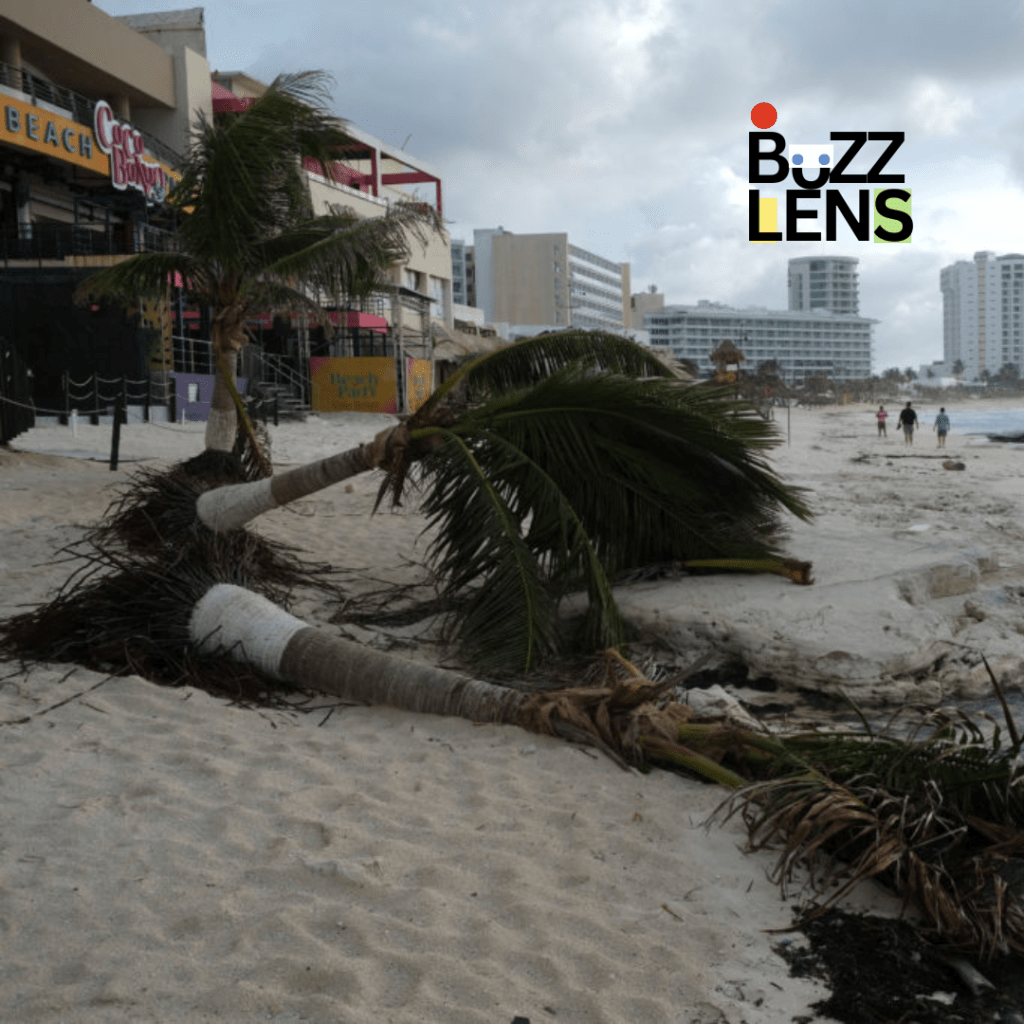
Florida’s fragile ecosystems, particularly its coastal marshes and mangroves, serve as critical buffers against storms, and their damage could make future hurricanes even more destructive.
In the weeks following the storm, experts will assess the long-term impact on agriculture, marine life, and water quality.
Agricultural communities in central Florida, particularly in the citrus and vegetable-growing regions, are expected to suffer significant losses.
What’s Next for Florida?
As Hurricane Milton moves away from Florida, leaving behind a battered landscape, the state turns to the long recovery process.
The immediate priority will be restoring power, clearing debris, and ensuring the safety of the state’s residents. However, the road to full recovery will be long and complex.
Federal disaster aid will play a critical role in helping Florida rebuild. Emergency funds will be used to restore infrastructure, provide financial assistance to those displaced by the storm, and rebuild homes destroyed in the hurricane’s path.
Additionally, state and federal officials must assess the potential for improving hurricane preparedness and strengthening infrastructure to withstand future storms.
A Devastating Impact and a Long Road Ahead
Hurricane Milton has left an indelible mark on Florida, with catastrophic flooding, widespread power outages, and billions of dollars in potential damages.
From the storm’s initial landfall on Siesta Key to the severe flooding and tornadoes that ravaged communities across the state, the hurricane’s destructive power was felt by millions.
As Florida’s residents begin rebuilding, Hurricane Milton’s economic, environmental, and emotional toll will be felt for months—if not years—to come.

Magnitude 5.1 Earthquake Rattles Northern Iran — No Major Damage Reported

Why Do People on Obesity Medications Drink Less Alcohol? Here’s What We Know

The Best Steakhouses in Texas: Your Guide to Mouth-Watering Steaks
Trending
-

 FASHION8 years ago
FASHION8 years agoThese ’90s fashion trends are making a comeback in 2017
-

 Entertainment8 years ago
Entertainment8 years agoThe final 6 ‘Game of Thrones’ episodes might feel like a full season
-

 FASHION8 years ago
FASHION8 years agoAccording to Dior Couture, this taboo fashion accessory is back
-

 Entertainment8 years ago
Entertainment8 years agoThe old and New Edition cast comes together to perform
-

 Sports8 years ago
Sports8 years agoPhillies’ Aaron Altherr makes mind-boggling barehanded play
-

 Entertainment8 years ago
Entertainment8 years agoDisney’s live-action Aladdin finally finds its stars
-

 Sports8 years ago
Sports8 years agoSteph Curry finally got the contract he deserves from the Warriors
-

 Business8 years ago
Business8 years agoUber and Lyft are finally available in all of New York State




